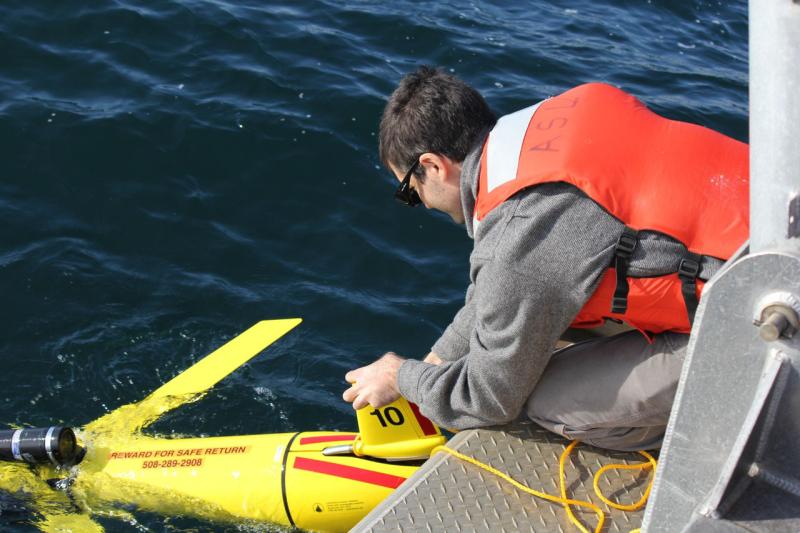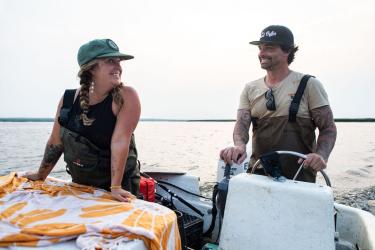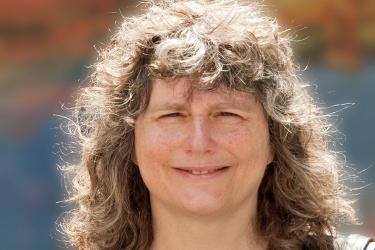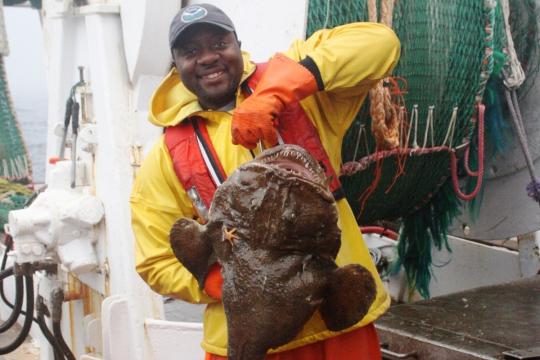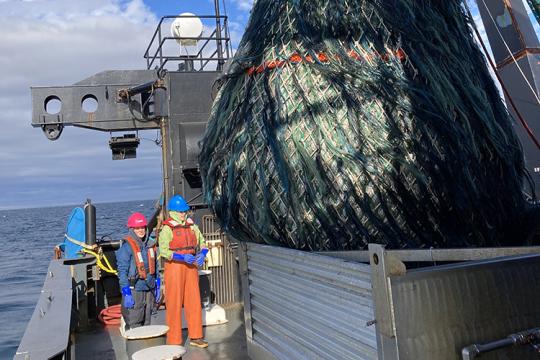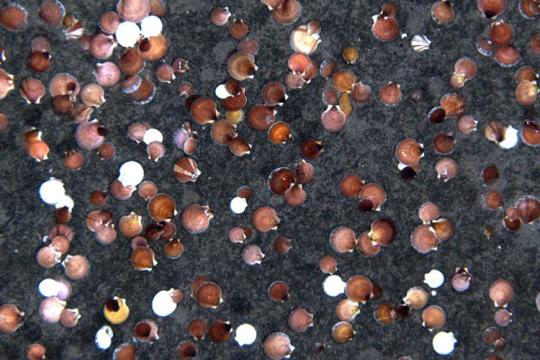NOAA Fisheries scientists and colleagues have started a three-year study of Atlantic cod and other commercial fish species in Southern New England. Their goal is to gather baseline data to address how offshore wind development in the region could affect these animals.
An autonomous underwater glider is surveying areas in and around Cox’s Ledge. This includes the South Fork wind energy lease area south of Rhode Island and Massachusetts. The glider has a hydrophone to detect fish spawning sounds and an acoustic telemetry receiver to detect tagged fish. The receiver will identify location and seasonal occurrence of hotspots for key commercial and federally listed fish species.
According to project lead Sofie Van Parijs, there is little information on Atlantic cod spawning specific to Southern New England waters. Cod elsewhere are known to form large, dense spawning aggregations in predictable locations relatively close to shore, where they can be vulnerable to disturbance that might affect spawning success. Van Parijs also heads the Passive Acoustics Research Group at the Northeast Fisheries Science Center laboratory in Woods Hole, Massachusetts.
“Biological sampling will determine the population’s onset of spawning and track growth, maturity, age structure, and other life history parameters,” Van Parijs said. “This information will help inform the starting date for our glider surveys each year. We will tentatively conduct these surveys from December through March this year and for longer periods in the subsequent two years.”
Researchers will tag up to 100 spawning cod with acoustic transmitters that the glider can detect to identify areas where spawning is occurring. Sensors on the glider will also collect detailed environmental data to better understand the temperature preferences and habitat use of Atlantic cod off Southern New England.
New Technologies Used
A glider deployed in late December 2019 has been at sea for 3 months, surveying the area three times, detecting whale vocalizations and fish carrying acoustic tags. Denmark’s Ørsted power company will use glider detection of endangered whales to help with their monitoring and mitigation requirements in the South Fork wind energy lease area. They expect to begin construction of the wind farm as early as 2021.
A new near real-time telemetry system is operating, detecting whales and fish. View the information.
Researchers are using local vessels to conduct the field work for this project. They have deployed an array of 10 bottom-mounted acoustic telemetry receivers in and around the South Fork wind lease area. This array tracks movements and residency patterns of spawning cod, and will be expanded in the future.
The Bureau of Ocean Energy Management funds the project. Participating organizations include:
- NOAA Fisheries Northeast Fisheries Science Center
- Woods Hole Oceanographic Institution
- Massachusetts Division of Marine Fisheries
- The Nature Conservancy
- University of Massachusetts Dartmouth School for Marine Science & Technology
- NOAA’s Greater Atlantic Regional Fisheries Office
- Rutgers University.
